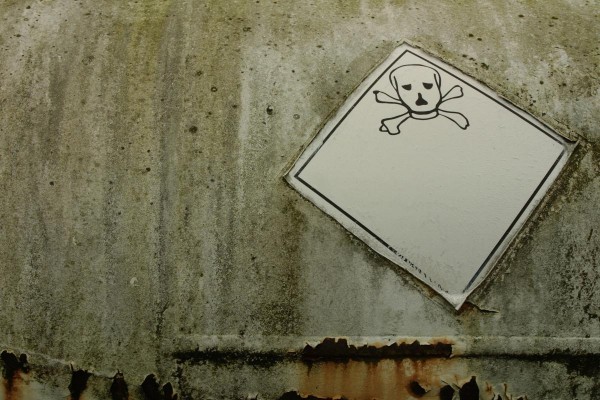
Advertisement
As cities and agricultural operations continue pumping water out of the ground faster than nature can replenish the supply, our nation’s aquifers are beginning to run dry.
USA Today and The Desert Sun performed an analysis of the current state of the nation’s aquifers using U.S. Geological Survey data.
The results of the study have now been published and the picture is rather grim.
The researchers found that over the past two decades, water levels nationwide have decreased in around 64% of the wells listed in the government database.
Among the wells with lower levels, the average drop has been more than ten feet. Water tables have dropped more than 100 feet in some areas — a decline of more than five feet per year.
The drop in water tables isn’t limited to drought-ravaged areas in the Southwest — there have been significant declines throughout the country, including along the Gulf Coast and in the Mississippi River Valley.
For more than 100 years, the nation’s aquifers have been steadily diminishing:
“Since the beginning of the 20th century, the United States is estimated to have lost more than 1,000 cubic kilometers of water from the nation’s aquifers – about 28 times the amount of water that can be held in Lake Mead, the country’s largest reservoir.”
The equation is simple: if we are to survive, we must now find a way to stop depleting the nation’s aquifers and move towards a sustainable future. Without water, there is no life.
Source:
Submit a correction >>
This article may contain statements that reflect the opinion of the author
Advertisement
Advertisements















